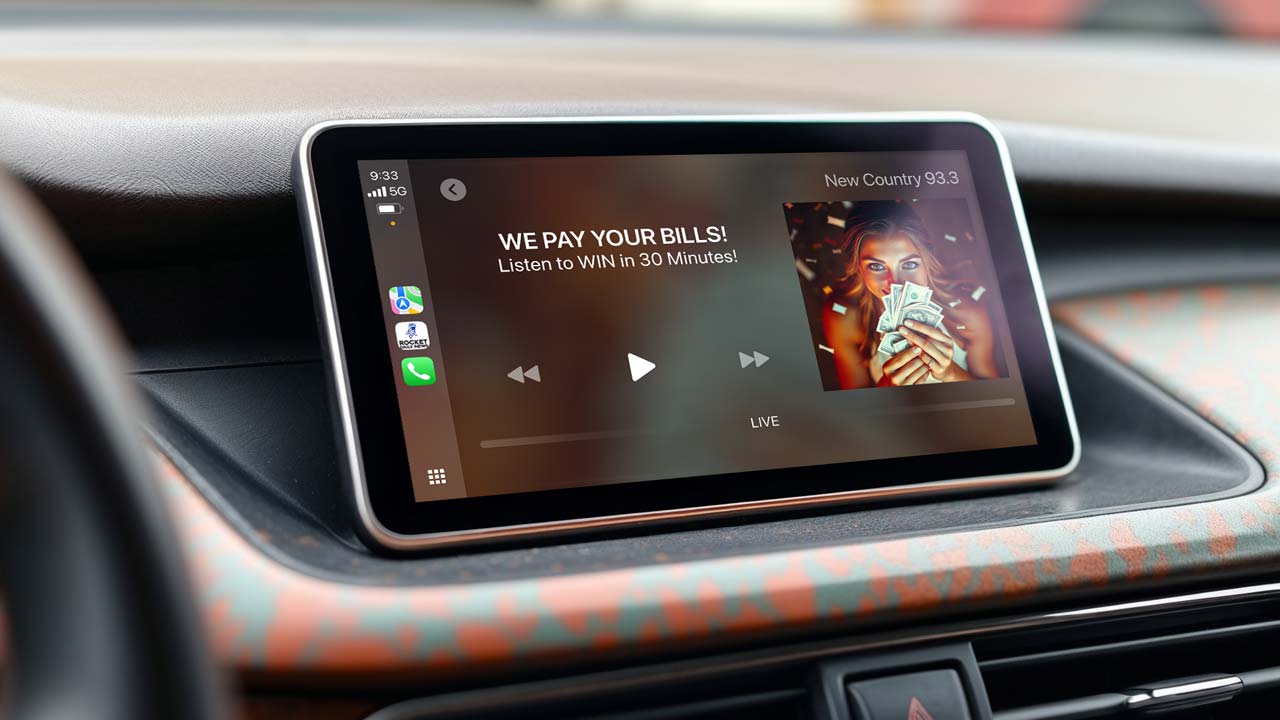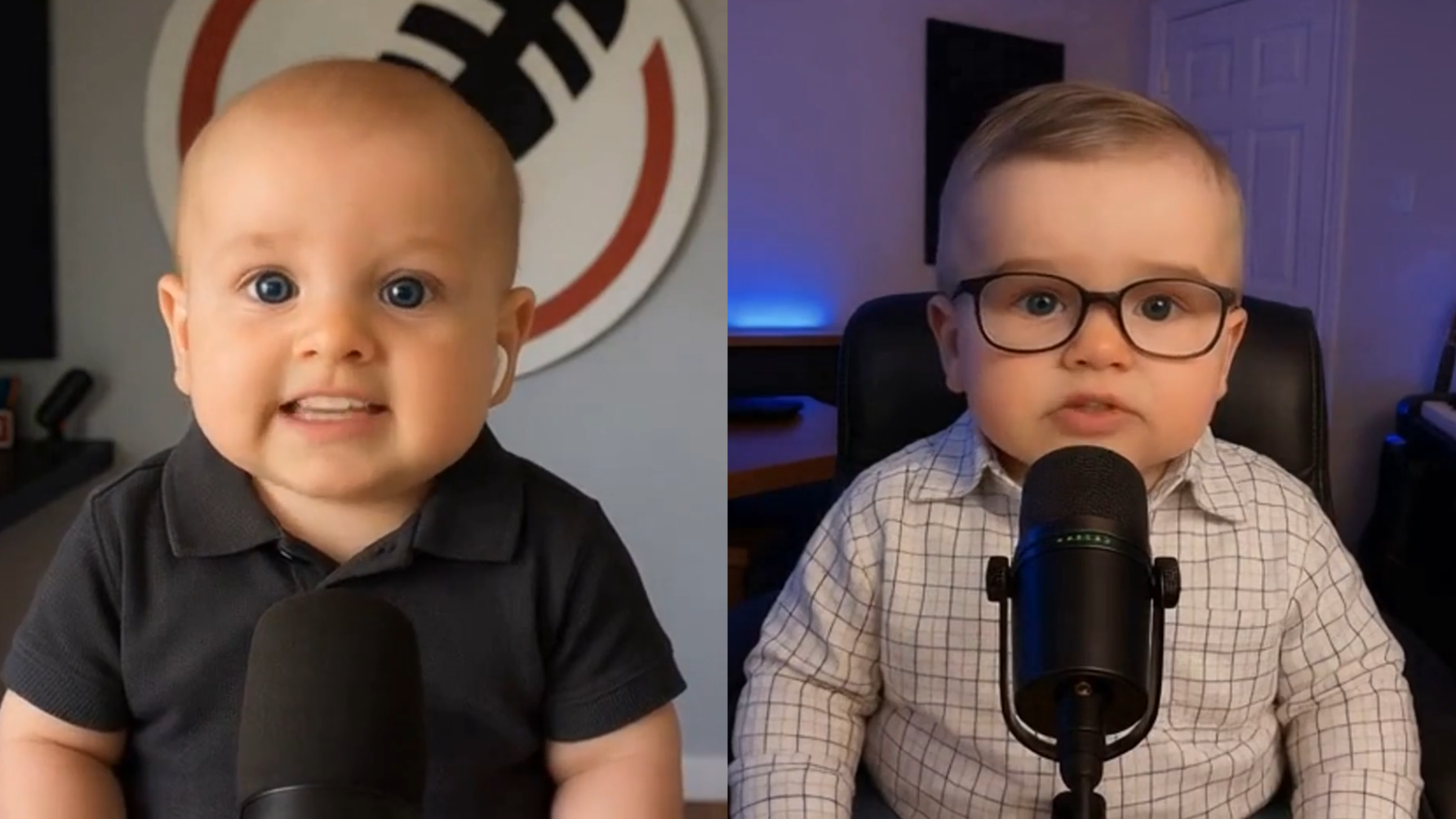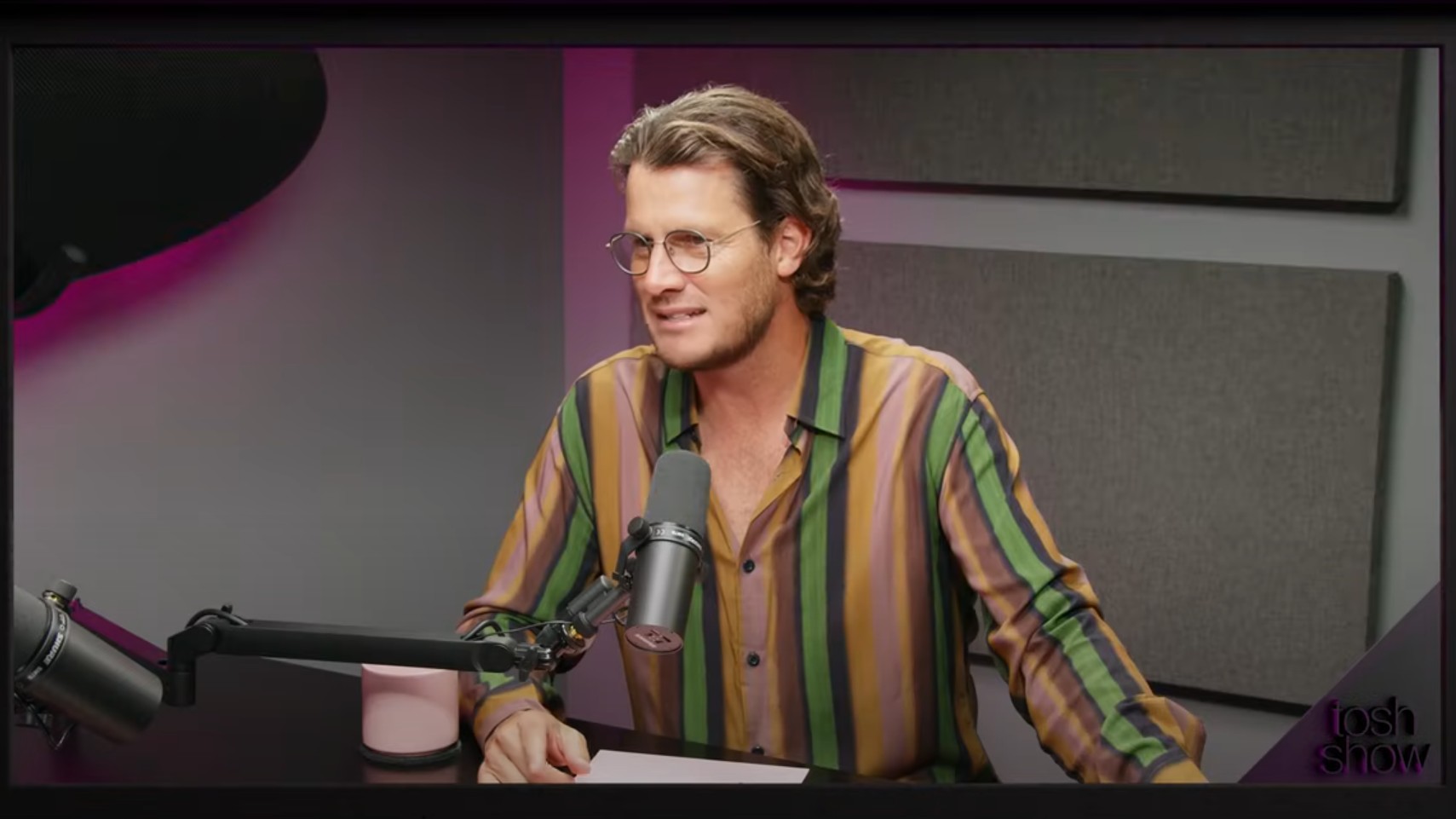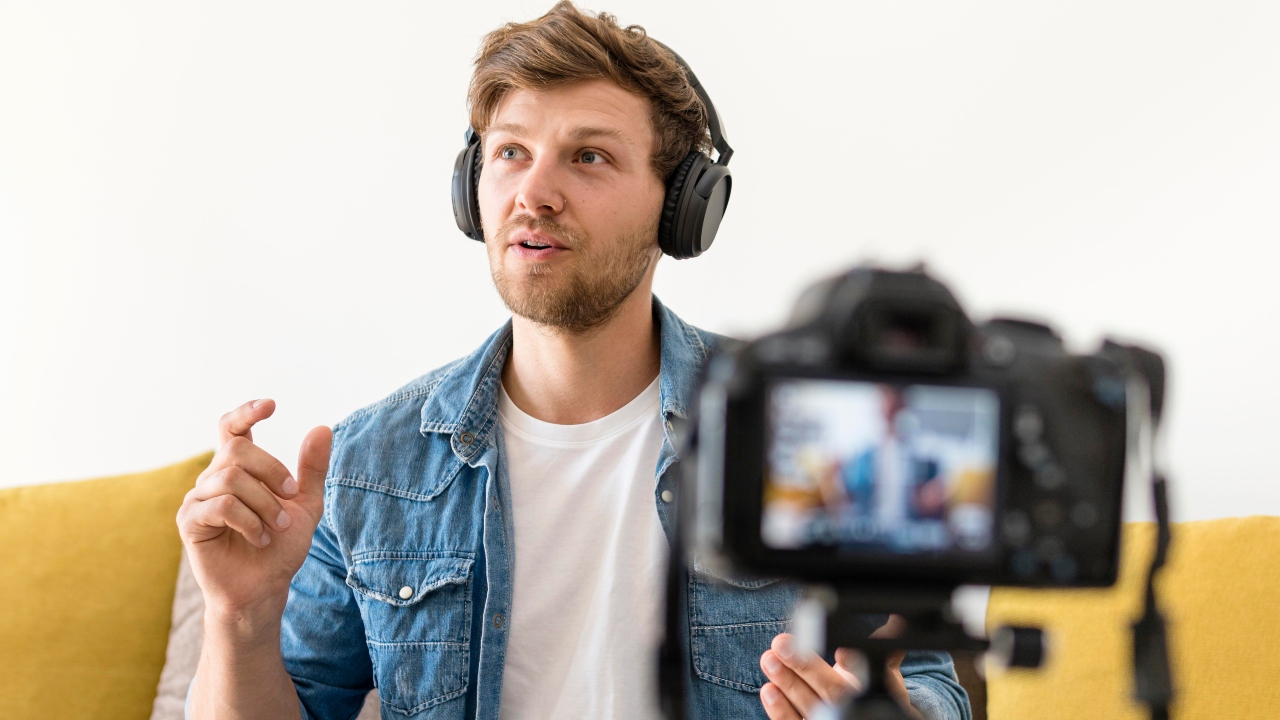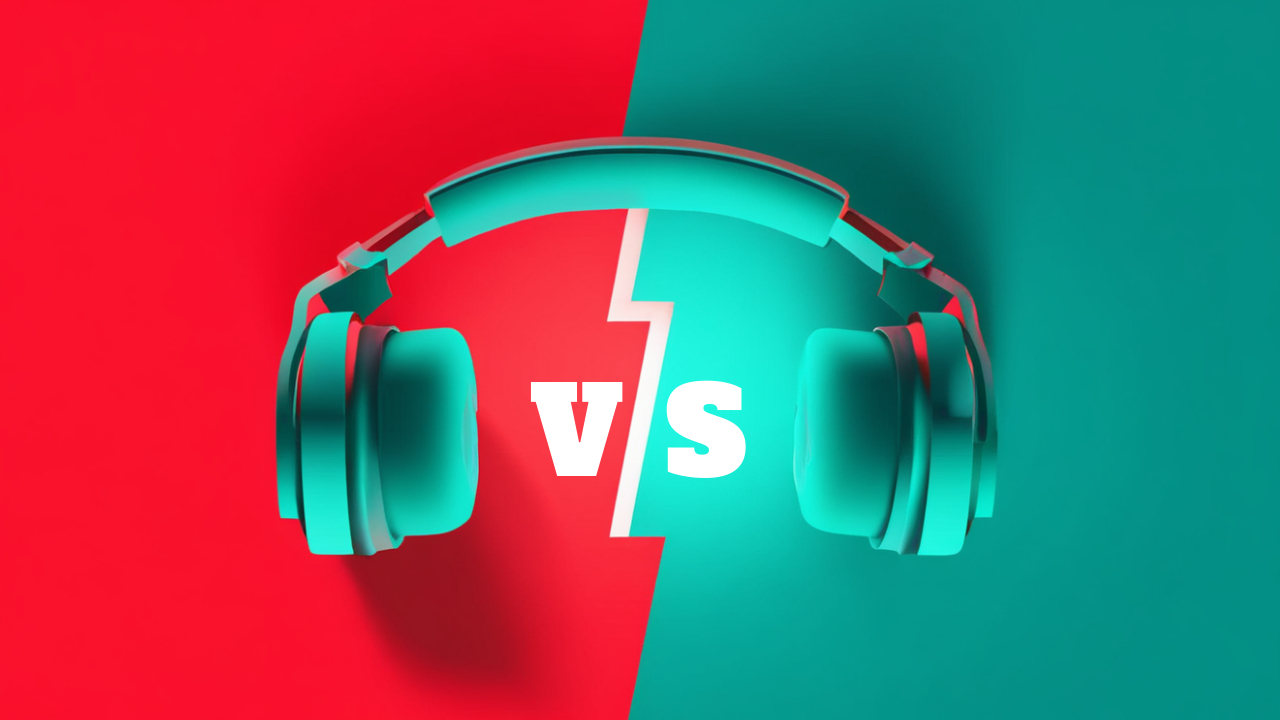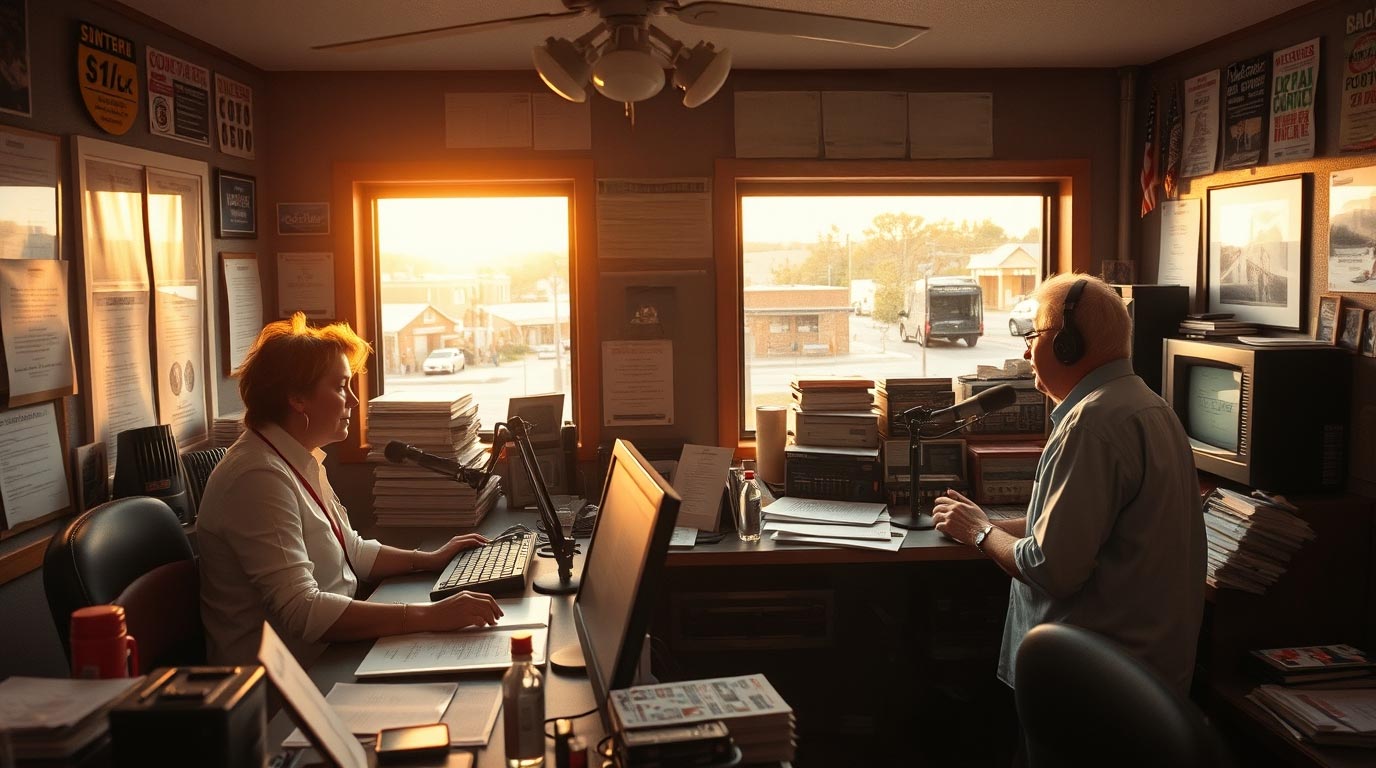One of the things that frustrated me the most as a programmer was the constant battle to protect the on-air product we’d worked so hard to build. The hours my team and I had invested in building the database, writing the imaging, crafting the contests and developing the on-air content. However, that’s only half the job of a programmer. The other half is protecting that product from people who are just trying to do their job and underwrite it. The way I’ve traditionally done that is by thinking of ways to tie advertisers into everything we’re already doing in programming, I call it programming to sell. But, now our ability to easily and affordably create digital content has opened up a whole new way to protect our on-air products, here’s how.
Recording interviews on camera first. One of the simplest ways I encourage all my clients to use digital to improve their on-air product is by moving away from doing ANY interviews live on the air. Opting instead to record all of them ahead of time as audio/video interviews, putting the whole thing out as video on the station website and YouTube (or an audio/video podcast on all platforms), then using AI to pull reels to use on social and on-air to promote the full interview. It’s a trick television has been doing for years to put the best couple of minutes on the air and drive the folks who want the deep dive to their other platform. This also gives us something tangible to hand the client, sponsor or artist, to get them over the fact that we’re not going live with it. In my experience not only do most people not care since you’re also editing it to make them look better as well, they actually like it better because they’re getting something of value for their own website and social feeds.
Sports broadcasts on music stations. As a guy who started out in small markets, and continues to consult some groups in small markets, I fully understand why many music stations broadcast live sports. It’s a great way to make money and it does drive new cume (that may or may not replace the cume it drives away.) So, there are certainly markets and situations where it does make sense to put live sports on the radio, even on music stations. However, it’s now affordable and simple to stream them all as live video, adding that element to every radio broadcast and, with it, TONS of new sponsorship opportunities. This opens up the option to only stream it, and not air it, either on everything or the sports that tend to be less compelling on the radio. I’ve also had a lot of success over the years doing sports minutes on the air highlighting one of the bigger schools in the coverage area. But, it was never financially feasible to do more than just one or two schools. Now, by utilizing AI tools, we could easily cover every single school in the coverage areas. Which is great because these make for more compelling content than a traditional radio ad, since they are timely, topical and local.
There are a multitude of other ways digital can protect the on-air product, coaching talent to turn benchmarks that go too long into podcasts, creating branded podcasts for clients instead of doing on-air interviews or remotes that don’t fit, and limiting the amount of service elements on the station by moving many of them to the website. Which leads me to the biggest one, which most stations have already gotten in the habit of doing. Only hitting the highlights of any contest, promotion or event on the air and driving listeners to the station website to get all of the details. That works best of course when the website is easy to navigate so it’s simple to explain on-air or obvious when they get there.
What do you think? What are some ways you’ve used digital to protect your on-air product? Comment below or email me at Andy@RadioStationConsultant.com.
Pic designed by kjpargeter for Freepik.com.



